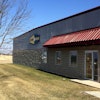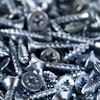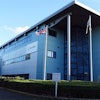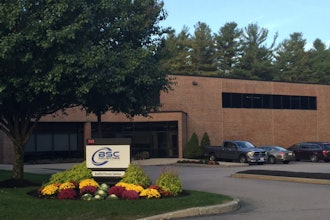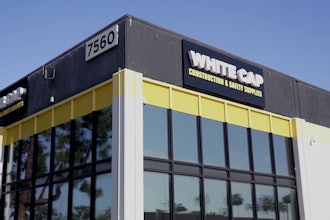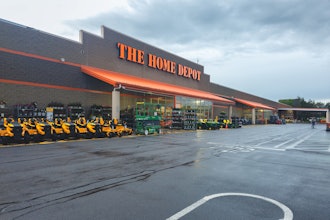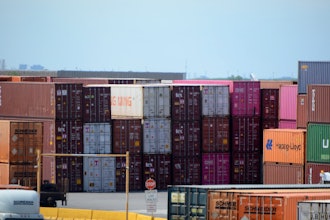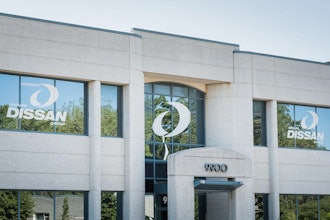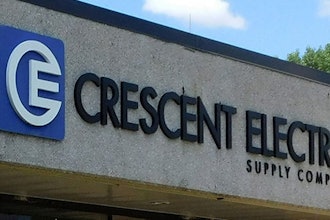WASHINGTON (AP) — Sluggish spending by businesses and consumers is causing factories to cool their production after they helped lift the U.S. economy out of recession.
Companies have slowed their rebuilding of stockpiles and replacement of worn-out equipment. And consumers are cautiously spending at a time of 9.6 percent unemployment and slow job growth. That combination led to the first decline in output at the nation's mines, factories and utilities since the recession ended in June 2009.
Factory output, the largest element of industrial production, fell 0.2 percent in September. So did overall industrial production.
In the year after the recession ended, manufacturing surged ahead at an 8.8 percent annual rate. That was the strongest year-over-year gain since the 1983-84 economic recovery. But the growth has been more or less flat over the past two months.
Without consumer demand to take up the slack, industry can't maintain its strong growth.
"Those things have naturally run their course, and we're left with a very weak economy," Paul Ashworth, senior U.S. economist at Capital Economics. "There's no restocking going on any more, and consumption remains weak."
A separate report Monday showed the nation's homebuilders are pessimistic about the housing market. That's true even though many are seeing a little more foot traffic after the worst summer for home sales in a decade.
The National Association of Home Builders said its monthly index rose slightly to 16. It's the first increase in five months. But the index remains far below 50, the dividing threshold between positive and negative sentiment about the market. The last time the index was above 50 was in April 2006.
Weak sales mean fewer jobs in the construction industry, which normally helps power economic recoveries. Each new home built creates, on average, the equivalent of three jobs for a year and generates about $90,000 in taxes, according to the builders' trade group.
It's typical for a manufacturing boom to fade at this point in an economic recovery. During the recoveries in the early 1980s, 1991 and 2001, industrial production rose rapidly for six months than fell for several months.
Economists said they expect factory growth to bounce back modestly because the weaker U.S. dollar is making American goods less costly to overseas buyers.
For the July-September quarter, industrial production grew 4.8 percent. That is slower than the 7 percent gains in each of the first two quarter of this year.
Last month, production of construction and consumer goods dropped as high unemployment made Americans reluctant to spend. Lower production of automotive products, appliances, and energy offset a small gain in business equipment production. Production of machinery and electrical equipment also fell.
American factories were operating at 74.7 percent of capacity in September, down 0.1 percentage point from August. That was the first drop since June 2009, when the deepest recession since the Great Depression ended.
Production by mines grew 0.7 percent. Utility output fell 1.9 percent as mild weather doused demand for energy, analysts said.
Economists remain concerned that the sluggish economy could keep demand low, preventing manufacturers from returning to growth.

